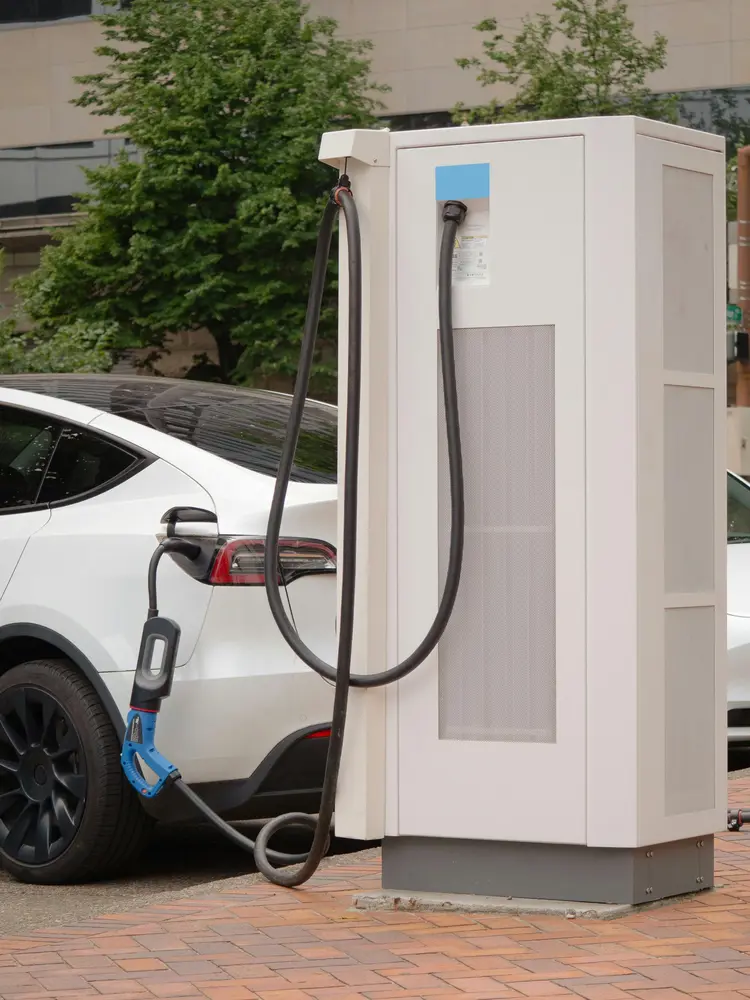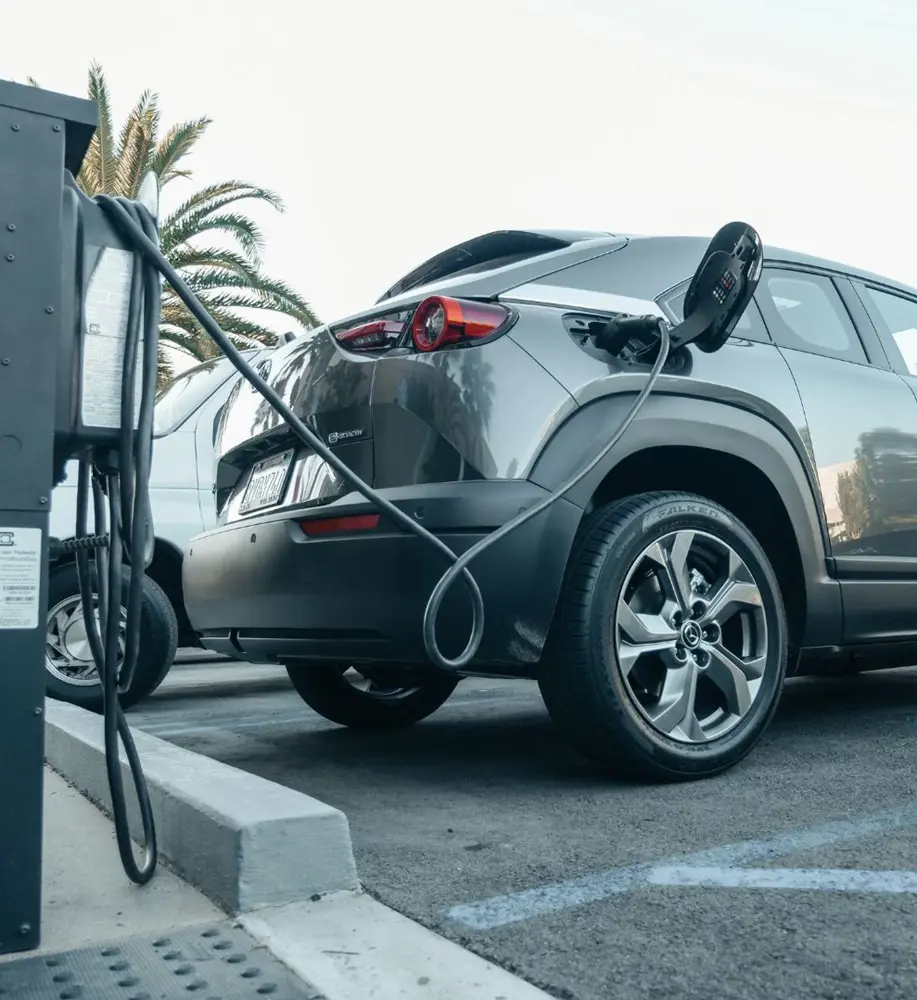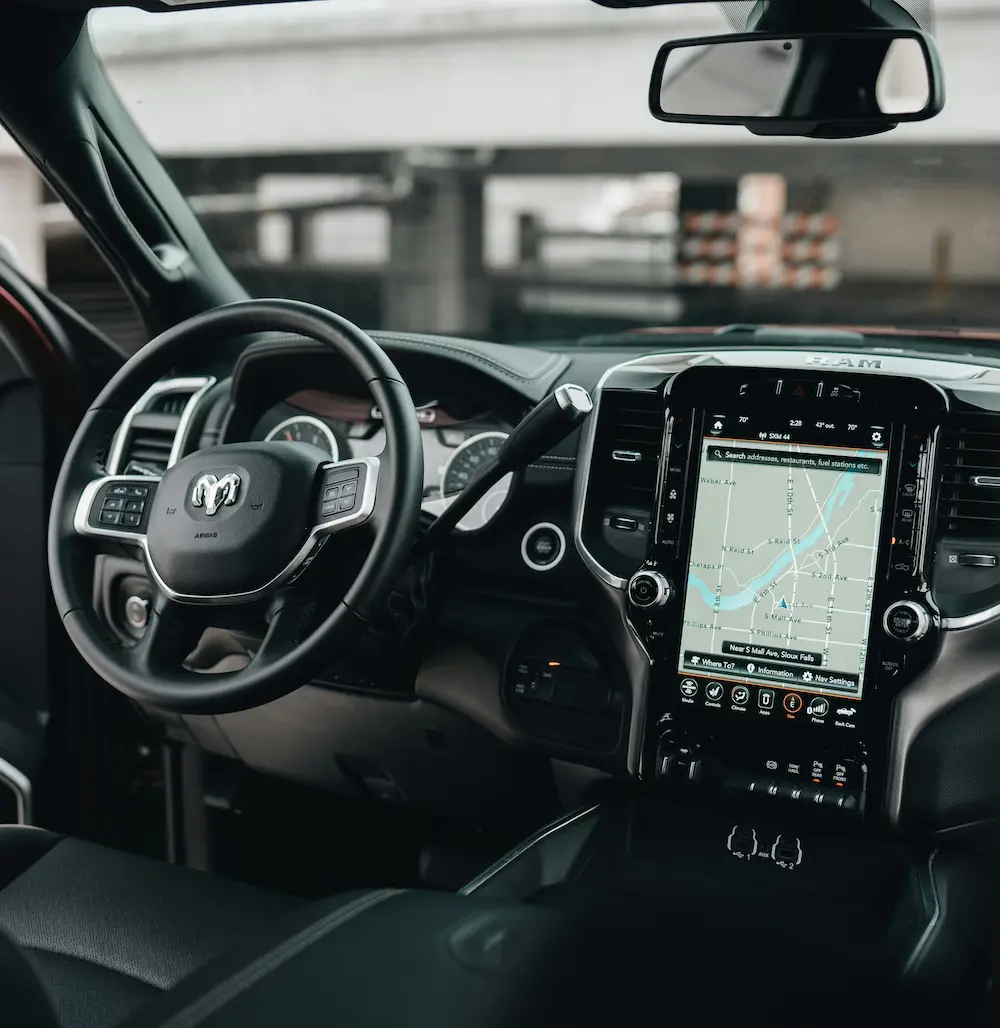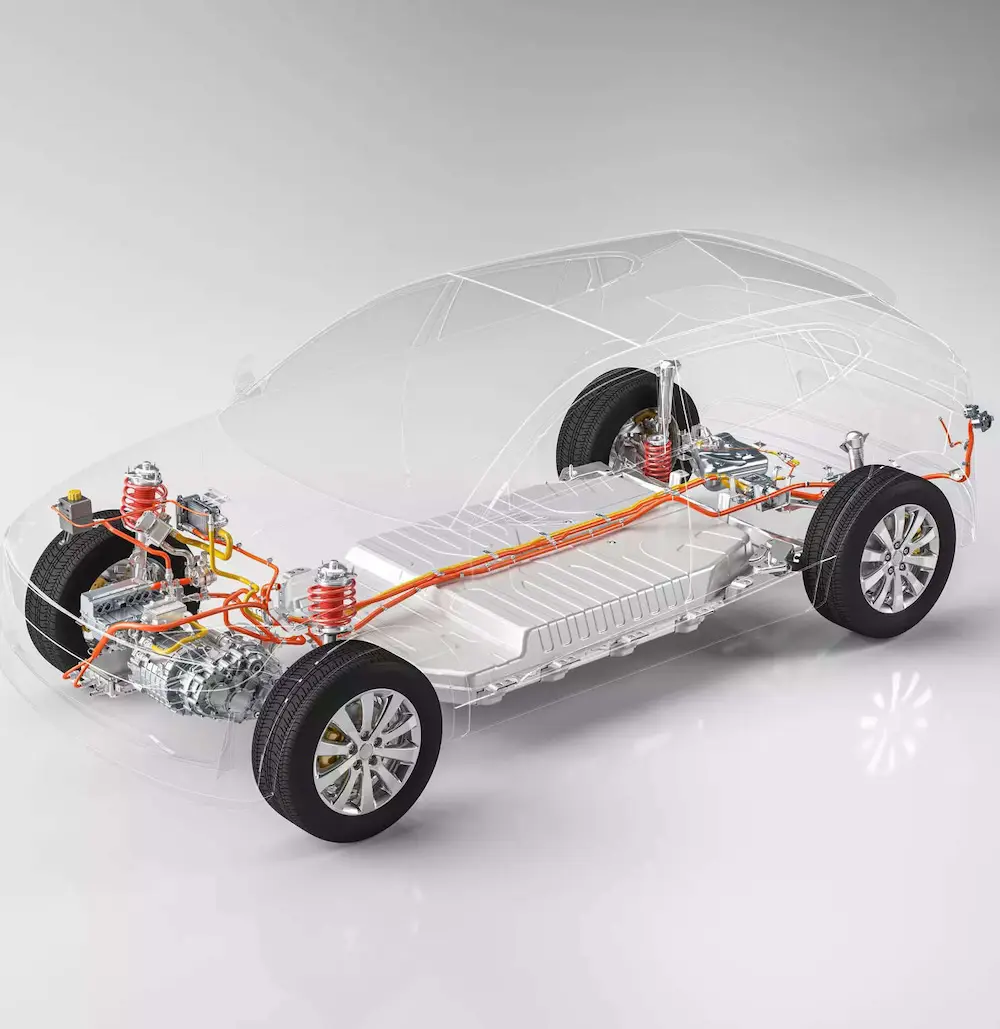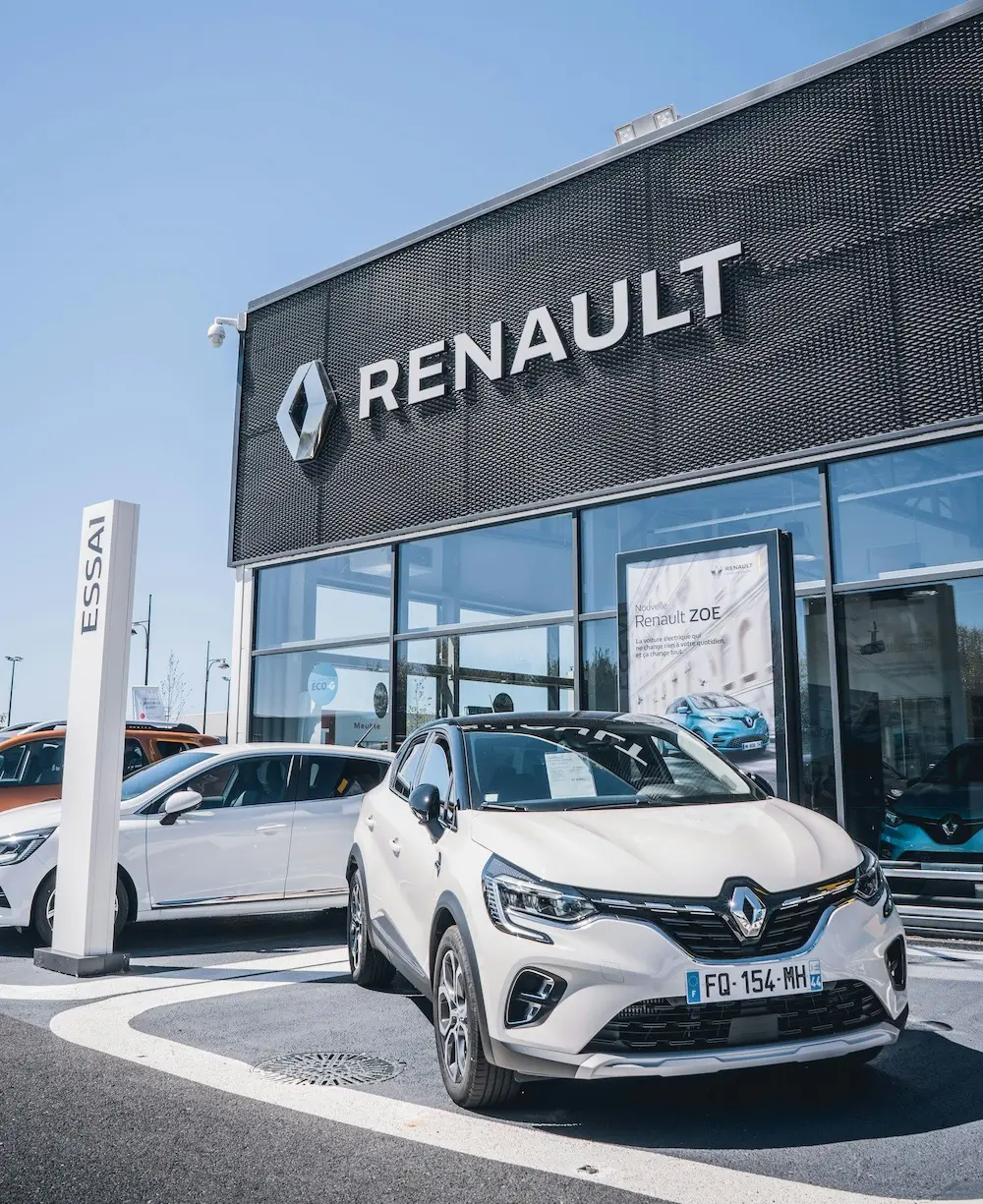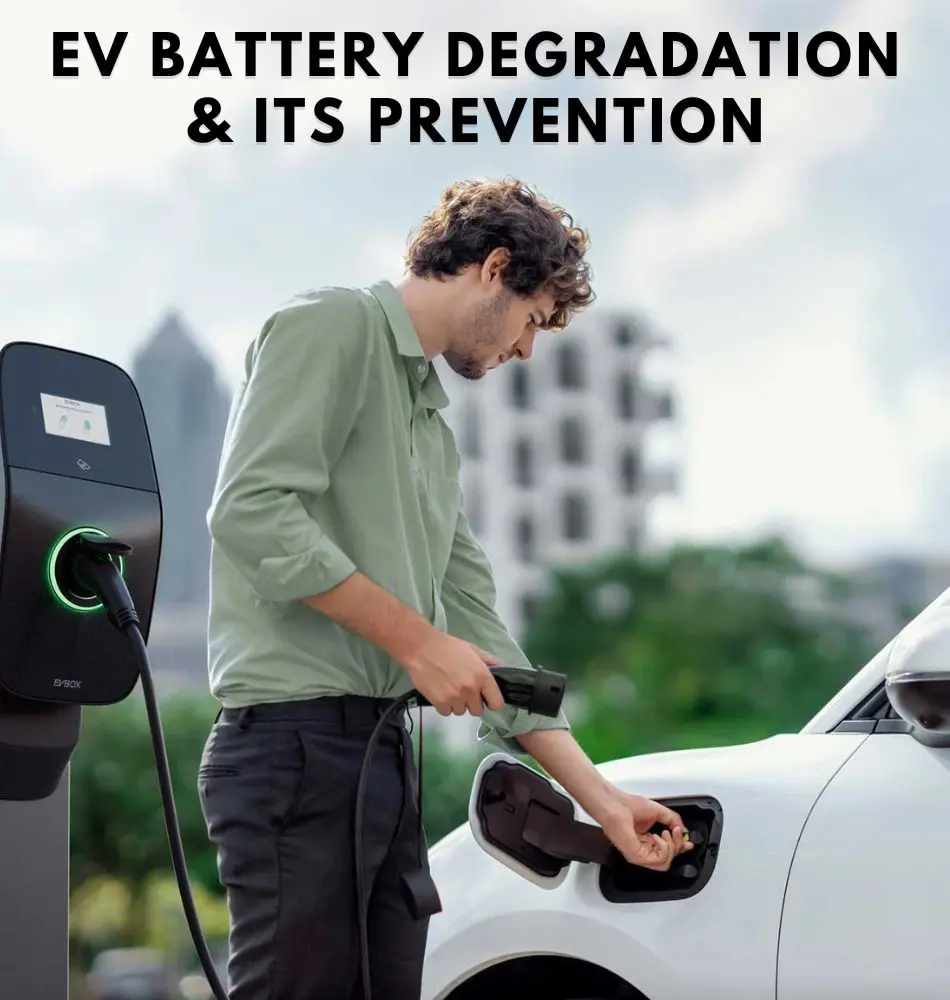When it comes to choosing a vehicle that doesn't produce any emissions, people think about electronic vehicles as they are readily available and people have been using them for years. But there's another kind of transportation available in the market that is also eco-friendly and emits only water vapor as it carries you down the road.
Hydrogen fuel cell vehicles, commonly known as FCV are a potential alternative to gasoline-powered vehicles, which are in their early stage and are made to conquer the fight against climate change.
Although FCV is new, there are features that make it unique from other sustainable vehicles. Here, let's explore the endless possibilities of hydrogen-powered vehicles.
What is a Hydrogen Car?
Like a battery electric car, a hydrogen car is a vehicle that uses an electric motor to power the wheels. However, instead of a large battery to operate, a hydrogen car runs from electricity generated from a fuel cell stack.
These vehicles are often called fuel cell electric vehicles (FCEV), which are eco-friendly options for regular gasoline vehicles as the only emission that comes out of these vehicles is water vapor.
How does that even work, some of you may wonder? Well, the process is simple. First, pure hydrogen gas (H2) is fed into the fuel cell, and then it is combined with Oxygen (O2) from the air that passes a special membrane. This process creates a hydrogen reaction, which produces electricity that powers the motors.
If you think about it, hydrogen vehicles are more like a hybrid between an EV and a gasoline car because it is made with an electric engine and share the clean emissions of a battery electric car, but they also get their fuel from an external source like a gasoline car.
Behind The Wheel Perspective
As a driver, experiencing the ride behind wheels is a nice experience, and when you get to drive a unique concept car, the excitement is doubled. According to people who own HFCVs, shared on the California Hydrogen Car Owners Association Facebook page, the experience of driving an HFCV is similar to driving an EV.
Perhaps HFCV is a tad bit faster than an EV, but there's no transmission, and the ride boasts regenerative braking to recapture wasted energy as it slows down. Creating a steady power output using hydrogen fuel cells was a big challenge for automotive engineers. Still, they did a wonderful job by making a suitable backup power use out of it.
On average, a car uses different amounts of power depending on what it's doing and what kind of road it's running on. If it is cruising on a flat highway, it might take around 15 kilowatts (which is similar to 20 horsepower).
However, if you want to have a fast ride experience of about 60 mph in a short time, it can take 10 to 20 times more power!
Hydrogen Fueling Stations
HFCV drivers in the San Francisco Bay area discovered that there are limited fueling stations because the infrastructure for supplying hydrogen to retail outlets is very low. Thus, drivers who rely on this vehicle to reach work or home from work have to set an alarm clock, hoping to reach the station in time to get the fuel as the supply is limited.
Furthermore, if you look at the fueling process with keen eyes, aligning the heavy nozzle and sealing it properly so the car and pump can communicate electronically requires a lot of practice.
Hydrogen Fuel Cost
Given the specialized commodity for the public, the thin amount of retail fuel stations charge high prices. Currently, California hydrogen stations charges somewhere between $10 and $17 for a kilogram of hydrogen fuel.
In contrast, gasoline costs about $5 to $8.50 per gallon and covers a similar distance. As fuel prices were demotivating drivers, Honda, Hyundai, and Toyota offered their lessees and buyers free hydrogen fuel for various periods to offset these disadvantages.
If you are wondering about their offer, a Toyota Mirai presents $15,000 of complimentary hydrogen, while a Hyundai Nexo includes the same $15,000 over a three-year lease or up to six years of ownership.
But if you compare the fuel rates with an EV, charging them overnight usually equates to gasoline at just $1 to $2 a gallon.
Are Hydrogen Cars Safe?
With their high-pressure tanks that are designed to survive the highest-speed crashes without leaking or breaching, HFCVs are widely considered a safe mode of transportation. Given the instance of the 1937 Hindenburg explosion, hydrogen skeptics might question the safety of HFCV.
However, the hardware and hydrogen tanks used to create these vehicles are more likely to survive even if the rest of the cars were destroyed in a crash. Plus, there have been no reports of injuries and death due to the hydrogen components to date.
Servicing a Hydrogen Car
Hydrogen cars need regular maintenance, just like any car, but require some extra precautions. These vehicles share the same high-voltage battery packs you'd find in hybrids and EVs.
In fact, what sets these vehicles apart is that HFCVs have super strong tanks that are made from carbon fiber. This tank is built to handle immense pressure of about 7,000 times the pressure in your car tire.
As the vehicle is new and limited to a specific place, the state of California has created some rules to make sure that any escaping hydrogen components don't run the risk of explosion. For instance, hydrogen cars should first undergo a depressurization process.
Pros and Cons of Hydrogen Fuel-Cell Vehicles
Here's a table that sums up the advantages and disadvantages of FCVs-
| Pros | Cons |
| FCV has zero tailpipe emissons | It has limited infrastructure |
| It has fast refueling technology | It is pricey |
| It has a potential long driving range | The technology is on it's early stage |
| It is clean burning and emits only water vapor | Limited hydrogen refueling stations is concern for long distance travel |
Source:
California Hydrogen Car Owners Association


